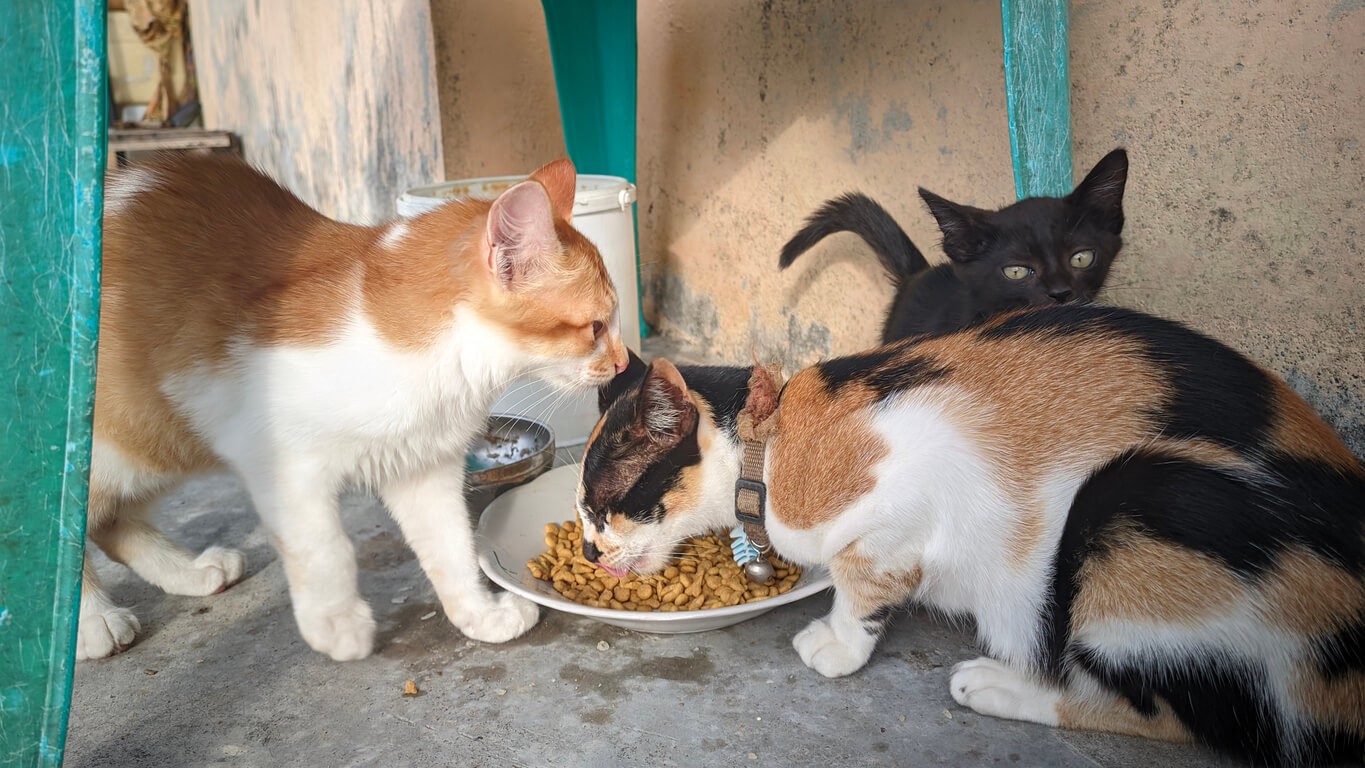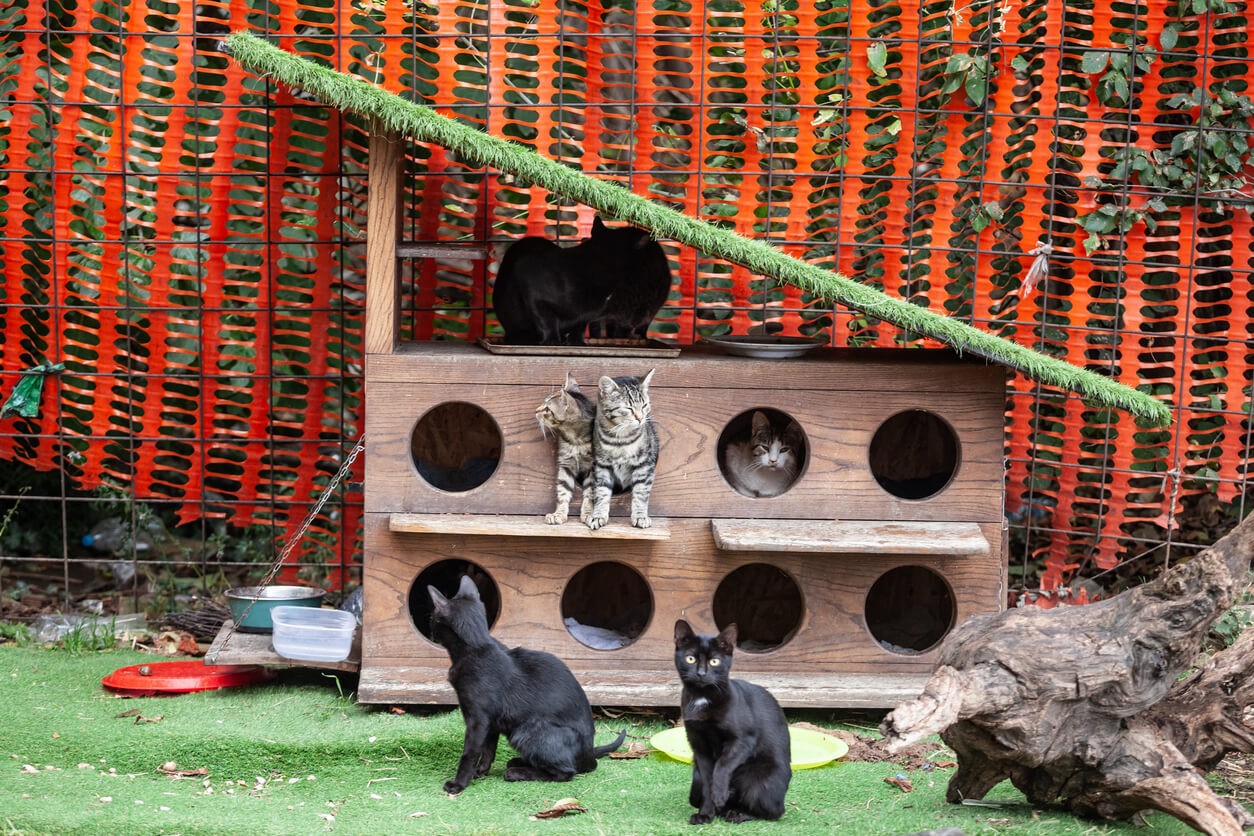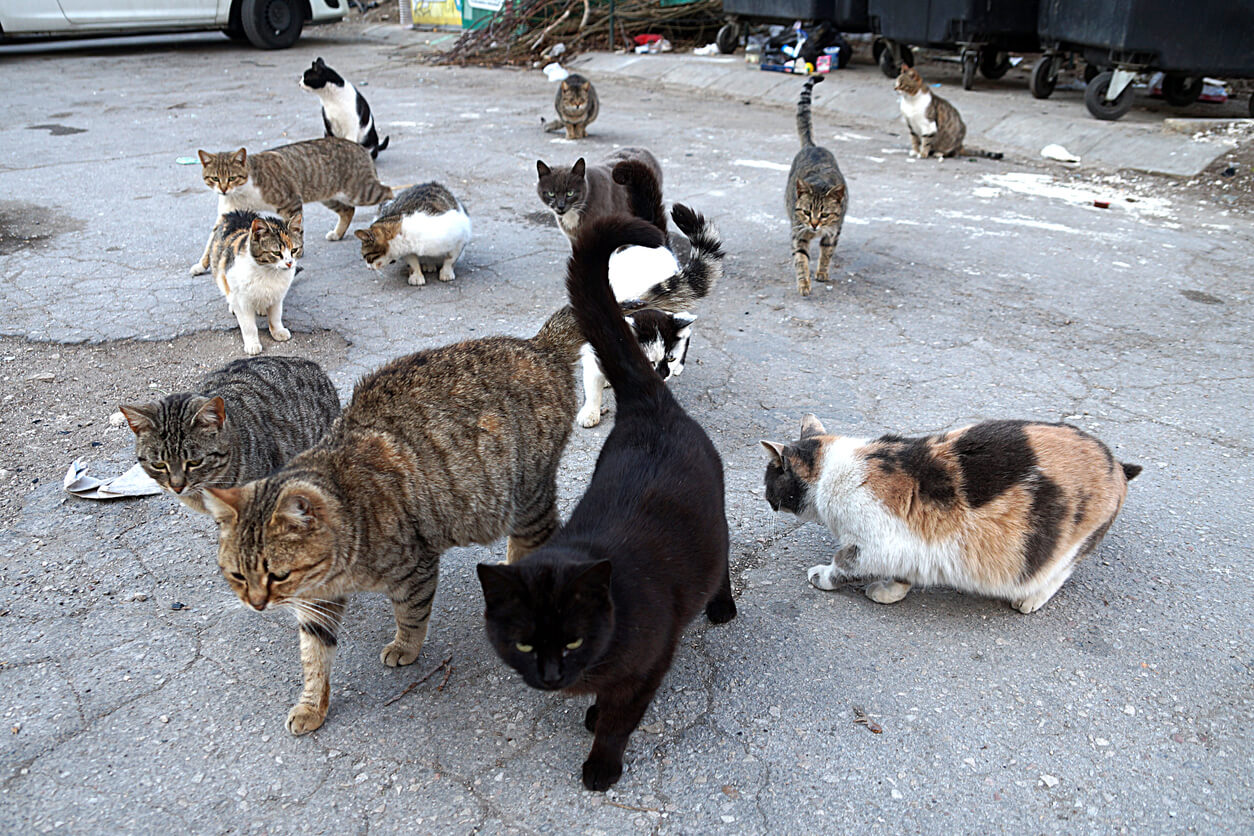

Complaints kill cats
Anyone making a complaint about your cats has a right to not have them on their property. Your best chance of resolving issues is to work positively with complainants - take the time to introduce yourself and listen to their concerns, then calmly work with them to explore solutions
Finding a respectful accommodation is the best way to achieve a successful outcome and, ultimately, protect animals. If members of your community know you’re proactively working to resolve their issues, they’ll often be much more willing to work alongside – rather than against – you.
Explain your rationale and the program’s methods either verbally or through notices in mailboxes and, if you feel comfortable doing so, supply an email address (ideally created for this purpose) to facilitate communication. Some people will feel more accepting of the cats once they know that no more kittens will be born, and these supportive neighbours are more likely to alert you to a roaming cat than to report it to council’s Animal Management Officers.
Cat repellent devices
If complainants feel overwhelmed and helpless in the face of roaming cats, you may wish to provide them with a cat repellent device or information on where to purchase one. These devices are not harmful to cats.
One option is a device with motion-triggered jets of water which may be combined with noise and movement to disturb roaming felines. These devices are solar powered and must be connected to a garden hose.
Motion activated ultrasonic deterrents are also often effective. Locate them in both front and back yards, try to conceal their location and move them around (cats are smart and will quickly learn how to avoid them!). Move them regularly until the cats give up and move on.
Slowly moving cats away from the area
If you can identify a more suitable, safe area for the cats to live, slowly move their feeding area by a few metres each night in that direction. Understanding that you have a strategy – though incremental – can help alleviate stress and encourage engagement among those negatively affected by strays. Ensure that:
the feeding location is out of the view of the general public
uneaten food is removed within 30-60 minutes.
Establish a desexing plan
Successful Community Cat programs show that desexing as close to 100% of the cat colony is the most effective approach. Do not feed cats without having a desexing plan in place as extra food will attract more cats and enable them to reproduce more easily. Suddenly you’ll have even more cats and even more complaints.
Capture and desex females first to avoid more kittens being born and ask the vet to use intradermal sutures for females, so they don’t need to be returned for the removal of stitches. Males can generally be returned to site after one day, unless there is bleeding. For females, two to three days is preferred. However, if a carer is able to closely observe cats after their return, they may be returned on the same day.
Ear tipping is recommended to show a cat has been desexed, and to protect them from being recaptured. Vaccinate and provide parasite control at desexing, as well as microchipping with the carer’s primary and secondary contacts and your associated organisation.
Legalities of desexing and returning
Be aware that feeding or returning cats after desexing is illegal in most Australian jurisdictions, unless microchipped and registered to an owner. Before removing or desexing any cat, check the relevant legislation and your local council’s position on this matter.
Where local councils are opposed to this method of control, we strongly encourage you to lobby for change.
How you can help
Donate today to help the Australian Pet Welfare Foundation (APWF) tackle the causes of pet overpopulation, relinquishment and death in shelters and pounds and ensure more healthy, treatable pets find their ‘forever’ home.




